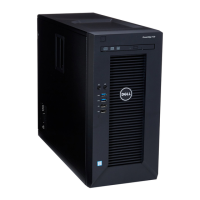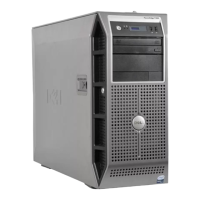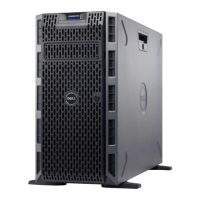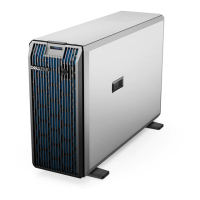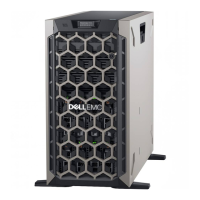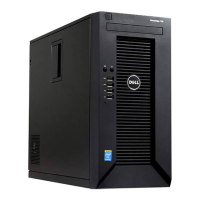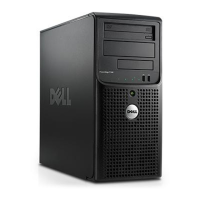Dell
PowerEdge T310 Technical Guide 29
5.3 Acoustics
The acoustical design of the PowerEdge T310 reflects the following:
• Adherence to Dell’s high sound quality standards. Sound quality is different from sound
power level and sound pressure level in that it describes how humans respond to annoyances
in sound, like whistles, hums, etc. One of the sound quality metrics in the Dell specification is
prominence ratio of a tone, and this is listed in the table below.
• Office environment acoustics. Compare the values for LpA in the table below and note that
they are lower than ambient measurements of typical office environments. (Typical office
environment placement of tower servers is under a desk, not at the desktop level.)
• Noise ramp and descent at bootup. Fan speeds hence noise levels ramp during the boot
process in order to add a layer of protection for component cooling in the case that the system
were not to boot properly.
• Noise levels vs. configurations. As shown in the table below, the noise level may slightly
differ from 41 dBA to 45 dBA when the PowerEdgeT310 is configured with different types or
quantities of DIMMs, hard drives, RAID cards, and power supplies.
Acoustical specifications are shown in Table 6.
